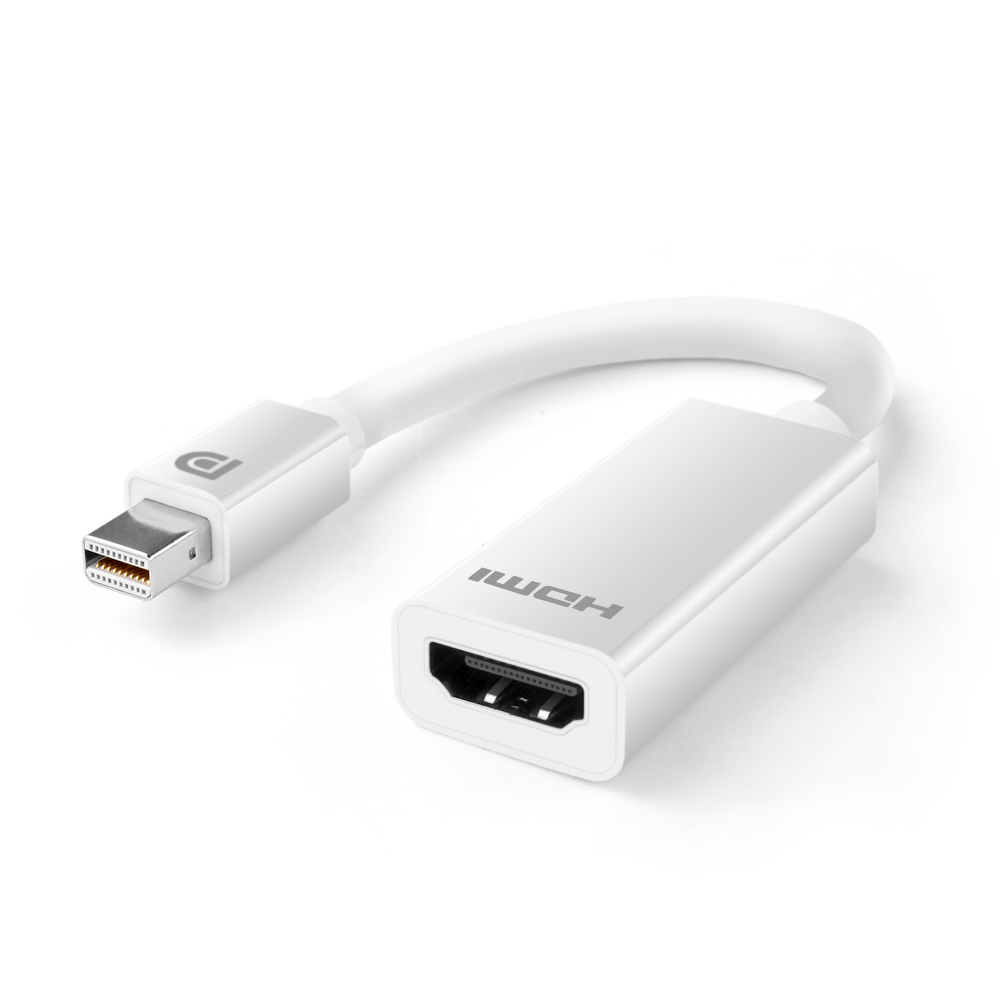

- Display port and hdmi not working mac portable#
- Display port and hdmi not working mac professional#
- Display port and hdmi not working mac tv#
You Can Use Adapters, but They May Introduce ProblemsĪ variety of adapters for managing different connections and cables are available, going to and from more or less all the plugs and standards listed above. Even then, it’s quite easy to find DVI adapters for both HDMI and DisplayPort. If you’re searching for a new laptop or building a new computer, you should only consider a DVI port essential if you need it to connect to an older (but still high-quality) monitor.
Display port and hdmi not working mac professional#
Some professional graphics cards have DVI-D ports that can output audio that’s compatible with an HDMI adapter, but the vast majority of DVI ports are restricted to video-only capabilities.Īs a visual standard, DVI is on its way out. This makes DVI incompatible with newer 4K displays (though technically the standard can handle the higher number of pixels at a lower 33 frames per second). The original single-link DVI is rarely used anymore: if your laptop has a DVI connection, it’s almost certainly using DVI Dual Link, with a maximum 60 hertz output of 2560×1600. It also uses a much larger plug design that lacks a self-latching mechanism, and requires the user to screw in the cable for safe extended use. DVI’s older technology gives it more limitations than either HDMI or DisplayPort. DVIĭigital Visual Interface is the oldest of these standards, first appearing in 1999, but it’s still present on enough monitors that it’s sometimes included even on new laptops and desktop graphics cards today. The smaller plug allows computer manufacturers more flexibility, but it also means that end users need either a dedicated mini-to-standard cable or an adapter. Unlike the smaller HDMI plugs, Mini DisplayPort connections are quite common on high-end machines.

Unfortunately, support for this feature is quite rare, and it’s usually only found on high-end monitors.ĭisplayPort plugs come in the full-sized “notched” variety and also a mini variant, first used with Apple laptops. It allows a laptop or desktop to use a multi-display setup without needing to plug multiple cables into the source computer. This allows users to plug one DisplayPort cable into a single monitor, then another from the first monitor to a second monitor, then a third, and so on.

Those who work with professional-quality monitors might have a very particular reason for preferring DisplayPort: it supports a unique feature called a daisy chaining. The next version is expected later this year. DisplayPort can also carry audio signals on a single cable, and the latest release supports up to 8K resolution at 60 hertz with high dynamic range. The full-sized plugs look similar, but DisplayPort uses a asymmetrical notched design versus HDMI’s equal trapezoid.Īs competing standards, they share a lot of features in their various incarnations. DisplayPortĭisplayPort is a bit newer than HDMI, though it’s also a proprietary system. This, combined with a wide variety of compatible monitors and televisions, makes HDMI the most convenient external display option for most users.
Display port and hdmi not working mac portable#
The Mini and Micro connections are popular with smaller portable electronics, but if your laptop has an HDMI port, it probably uses the full-sized version.

HDMI comes in three primary connection sizes: standard, “Mini,” and “Micro,” getting progressively smaller. This is great for TVs, but most monitors still lack integrated speakers, so you’ll also have to use a more conventional headphone jack or simply rely on your laptop’s built-in speakers much of the time.
Display port and hdmi not working mac tv#
HDMI’s biggest advantage over the older DVI standard is that it also carries and audio signal, allowing users to plug into a TV (or a monitor with built-in speakers) with a single cable.


 0 kommentar(er)
0 kommentar(er)
